Are We Prepared For Artificial Intelligence In The Advertising World?
In a first-of-its-kind move by a major advertising holding company, WPP recently named a Chief Artificial Intelligence Officer as part of its planned acquisition of Satalia. This new C-level position sends a message throughout the industry that AI is mission critical.
Will we see more CAIOs in the advertising industry? Will this spur a flurry of AI firm acquisitions? Or is the industry too late to play this game?

In the last few years, we’ve seen the explosion of machine learning – sometimes confused with artificial intelligence – in the media industry. Algorithms identify the correct audience and display ads to them as a means of being more efficient with media spend. This programmatic advertising is machine learning at the most basic level: a set of inputs (desired demographics, data analytics, and the actual content) coupled with technology to deliver ads in the intended fashion. All to improve messaging for a brand.
Artificial intelligence takes machine learning to a new, more intuitive level – potentially delivering creative content that is on par with what humans can do. Last year, Art.Lebedev Studio made headlines by giving their AI technology a name and letting clients believe this AI was personally designed for them. While this may have been just a publicity stunt, the reality is that there are already companies such as Tailor Brands and Looka that are using nascent AI technology to help design logos and help (small business) customers with their branding, without all the subterfuge.
This is where AI in ad agencies begins to get interesting. Making the jump from machine learning tasks like programmatic advertising (where speed and precision matter) or logo creation (where the design process can be simplified and automated) to artificial intelligence requires new levels and layers of complexity added to the technology. As the use of AI grows within an agency, decision making will now be made within the AI engine. The expectation then is that this engine will make decisions and use the outcome to improve for the next iteration of that same decision, all without any manual, human, interaction. The question remains whether we can build AI engines that are free of bias and handle the ethical conundrums new tech inevitably creates. Maybe with each CAIO that gets appointed we need to ensure we have a Chief Ethics Officer, as well.
We are already seeing AI engines that are creating content from scratch. Phrasee can write Facebook copy by analyzing the language that gets the most engagement. Gmail account holders are increasingly using Google’s Smart Compose, a tool that suggests what you should write next. Soon Google’s AI will automatically scan your past writing to suggest how to complete a phrase or suggest the next word based on your unique writing style.
While none of this content is going to win ad awards and have us running back to school to learn another trade, these companies are demonstrating the possibilities of AI. The goal is not that artificial intelligence will have that spark of creativity that solves for a brand’s problem, but rather that it becomes a tool to make it easier or faster for an agency to get better information to make strategic decisions on behalf of our clients. Our media and creative teams will get better insights into who our clients’ consumers are, and what they need from the brand. Internally, we can use these engines to help define better contracts with our clients, better scope our time and resources, and identify the key values we bring to our clients. All of which will allow us to be more effective and efficient and in turn, give us a competitive advantage.
In the ad world, we need to understand the foundational blocks that will create the AI engines that we need to build to remain competitive. This all starts with data. We need to better identify and harness the data upon which these decisions and automations are built. Without the data, not even humans can make the right decisions. Next, we need to ensure the data we are collecting can then be consumed by our clients or our agencies. We need to build intelligence into the data collection process so that we are sure we are collecting the right data. This allows us to better identify the problems that need to be fixed and any information gaps. Once we fully understand the data and the problems they reveal, we can then build the technological engines – including AI engines – to help us solve those problems.
WPP’s new CAIO will have an interesting journey in preparing for the world of artificial intelligence. Invariably, all of us in the industry will have to embrace AI if we want to continue to offer our clients better solutions to their marketing challenges, because there’s no doubt that artificial intelligence is going to transform all industries, including advertising. Are we ready for it?
This article was originally published at MediaPost






